Services
Initial Oral Examination


Preventive Dental Care
Fluoride Varnish
Fluoride is essential for children, strengthening dental enamel and making teeth more resistant to decay. At our office, fluoride varnish is applied during routine checkups and as needed between visits.
This safe, painless procedure involves brushing the varnish onto all sides of the teeth, where it hardens on contact with saliva and strengthens the enamel. After application, your child can eat and drink, but should stick to soft foods and delay brushing for a few hours. While fluoride varnish helps prevent cavities, maintaining good oral hygiene, regular dental care, and a healthy diet are key to optimal dental health.
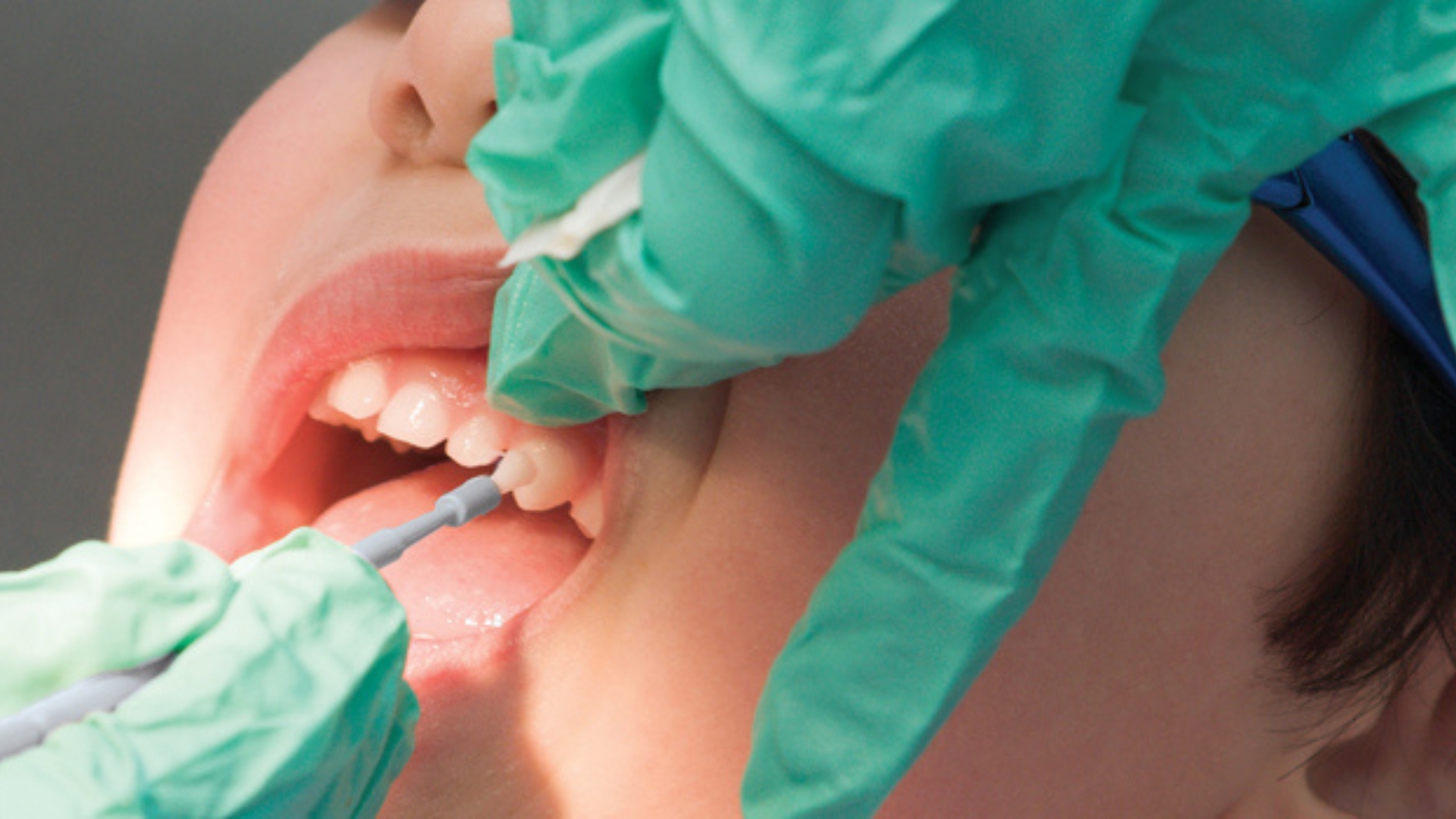
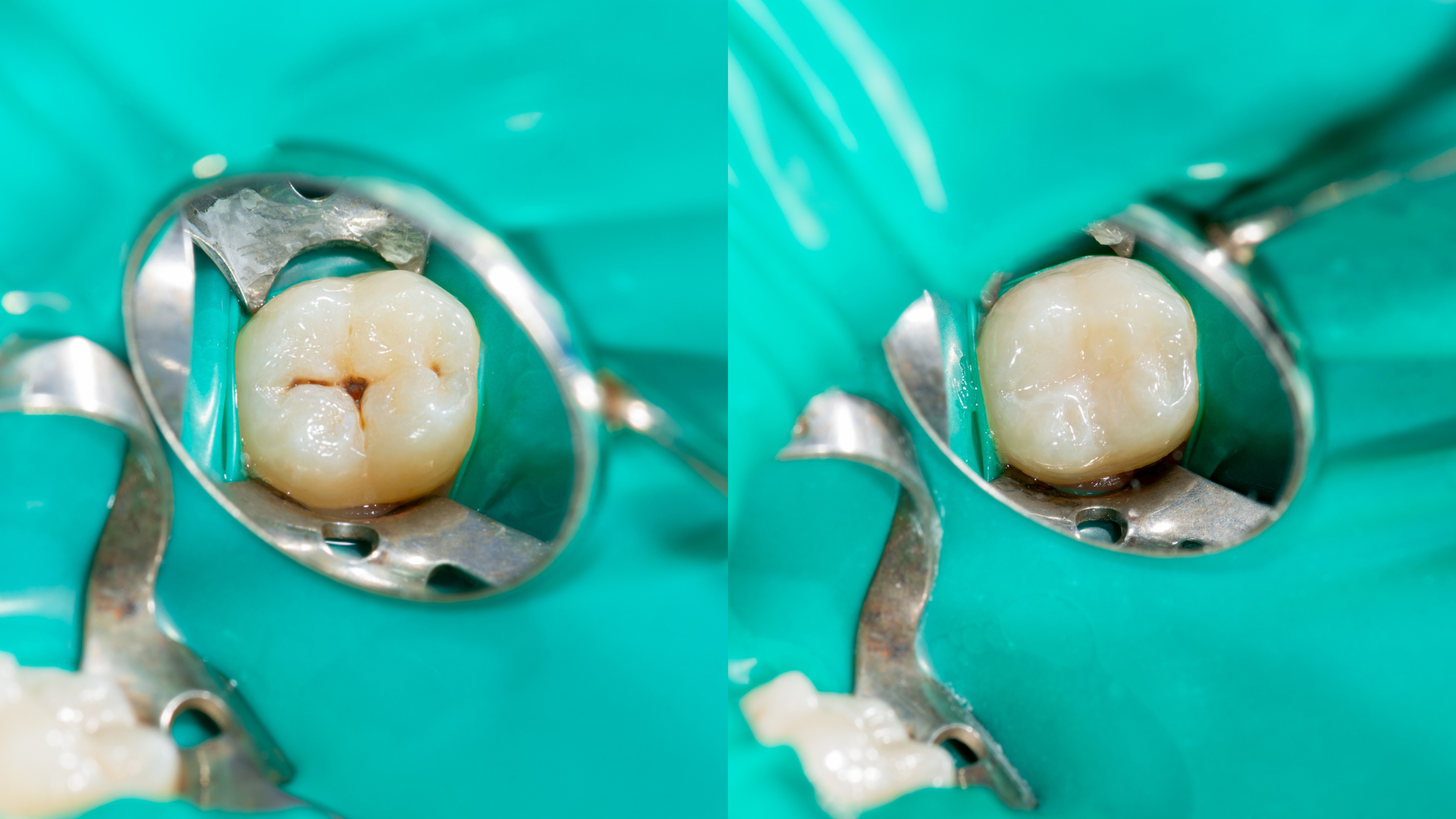
Dental Sealants
Dental sealants are a highly effective way to protect children’s permanent back teeth from cavities, reducing the risk by about 80%, according to the American Dental Association. While proper brushing, good oral hygiene, and avoiding sticky sweets are essential, the deep grooves of back teeth can be hard for children to clean thoroughly, increasing their vulnerability to decay.
Sealants provide extra protection by coating the chewing surfaces of these teeth with a strong, plastic-like layer, sealing out bacteria and food particles. They can also help stop early decay from worsening. The application is quick, painless, and done during a dental visit, with the sealants cured using a light wand. Durable and long-lasting, sealants are checked at each dental visit and reapplied if needed.
Dental Fillings
Dental Fillings are the most common type of dental restoration used to replace sections of teeth that are missing, damaged or decayed. While traditional dental materials like gold, amalgam, porcelain, and composite successfully restore teeth; recent advances in dental technology have made a wider and improved selection of restorative choices available. Some of the newest state-of-the-art filling materials including ceramic and the latest composite materials, are not only strong and durable, they offer the most aesthetically pleasing and natural looking results.
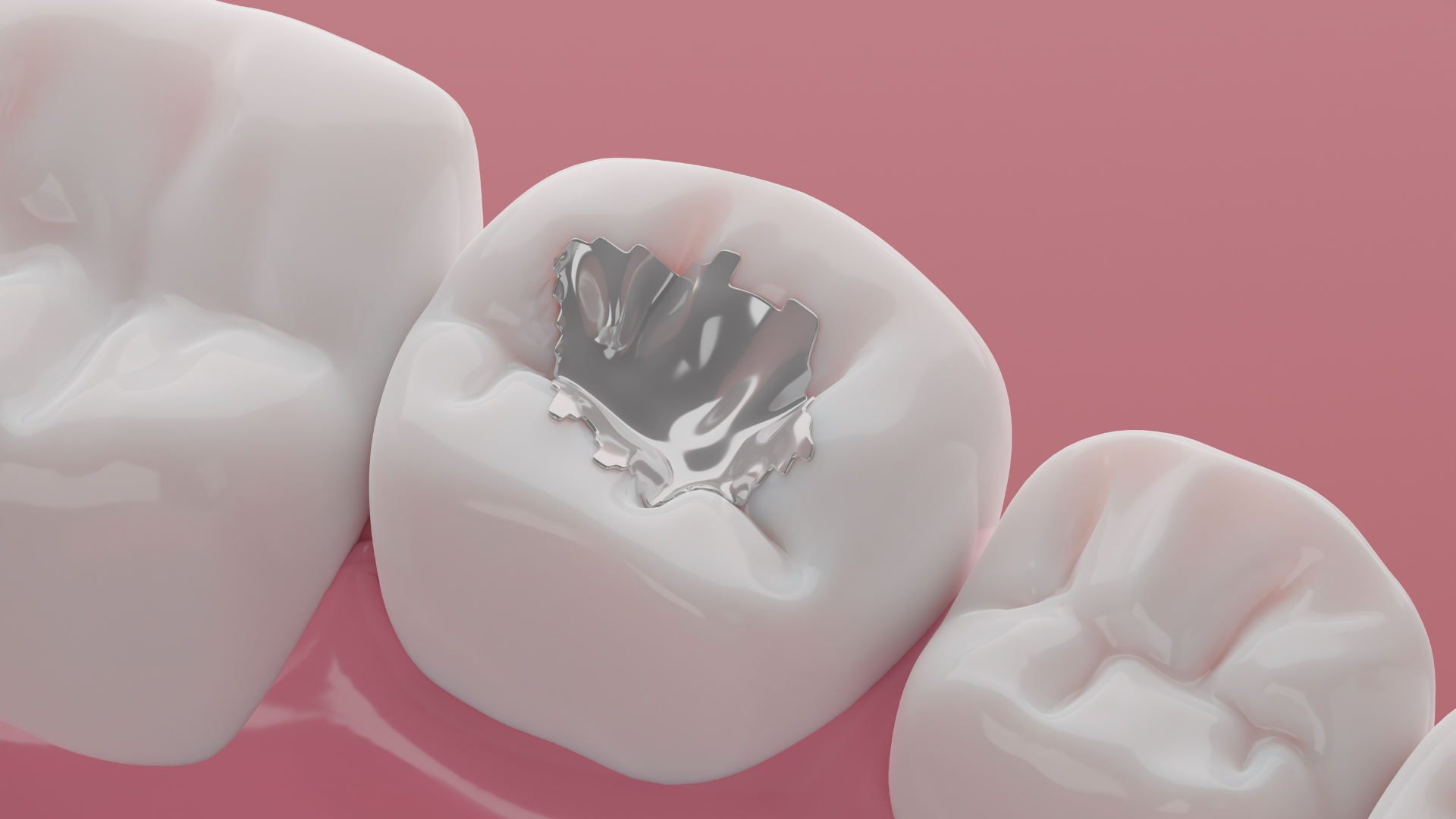
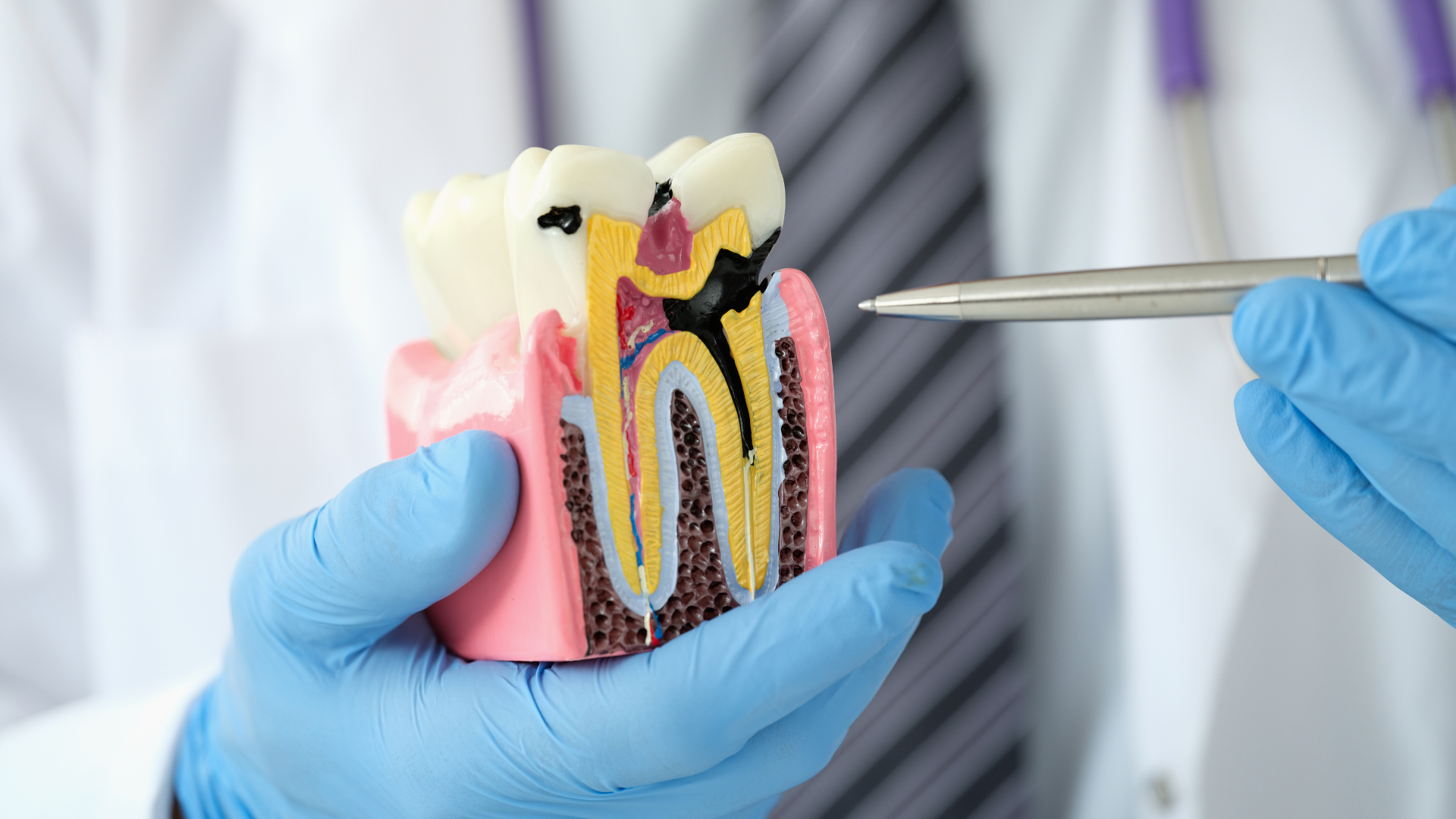
Pulpotomy
Inside every baby (deciduous) and adult tooth is pulp, containing tissue, nerves, and vessels. The pulp supports tooth growth before eruption and maintains vitality afterward. However, cavities or trauma can damage the pulp. If a baby tooth’s pulp is affected without root infection, a pulpotomy may be performed to preserve the tooth until its permanent replacement erupts, preventing space loss and alignment issues.
During a pulpotomy, the affected pulp in the crown is removed, and a disinfecting medication is applied to soothe the remaining tissue. The tooth is then restored, often with a stainless steel crown for durability and function.
Extractions
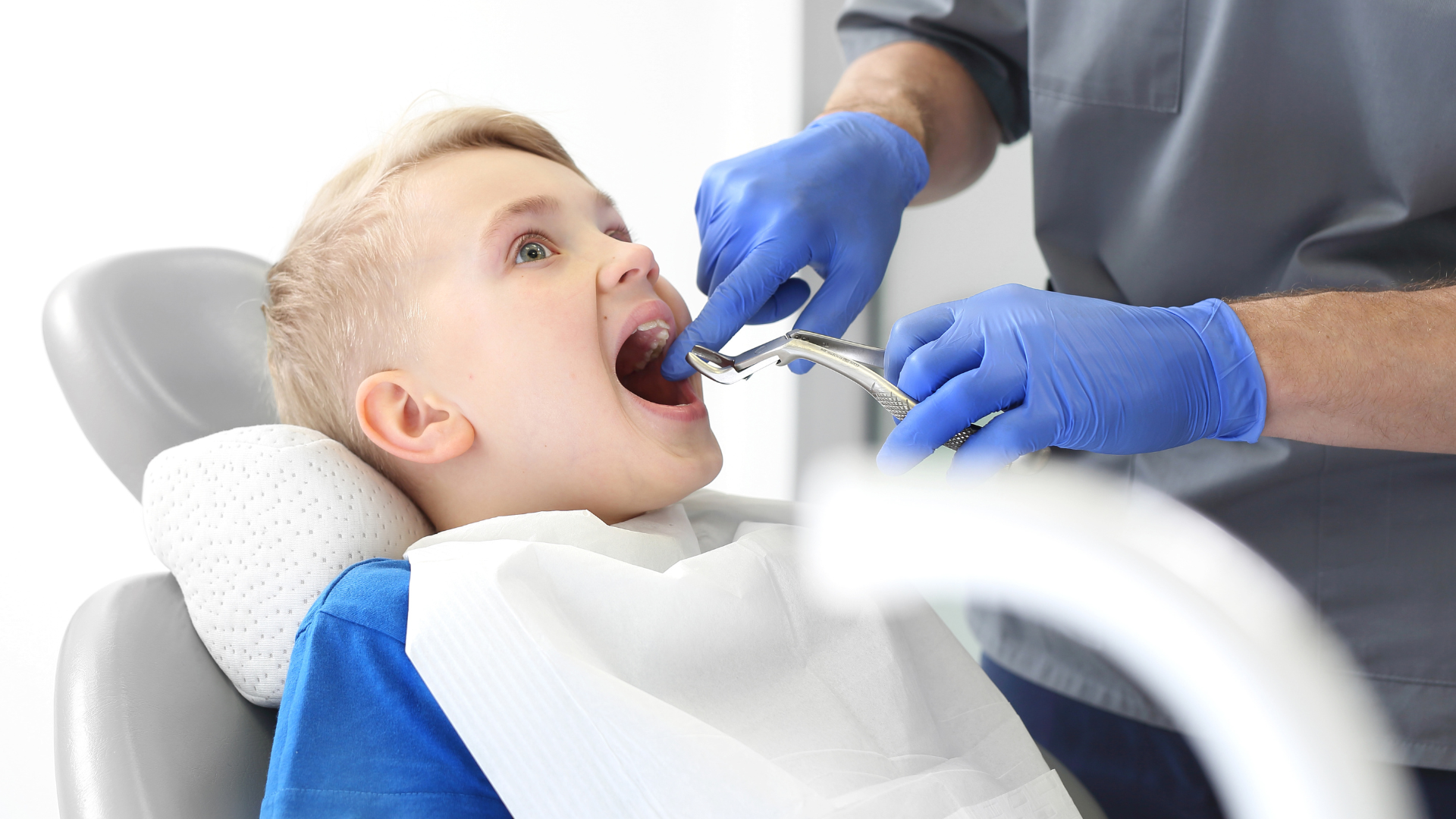
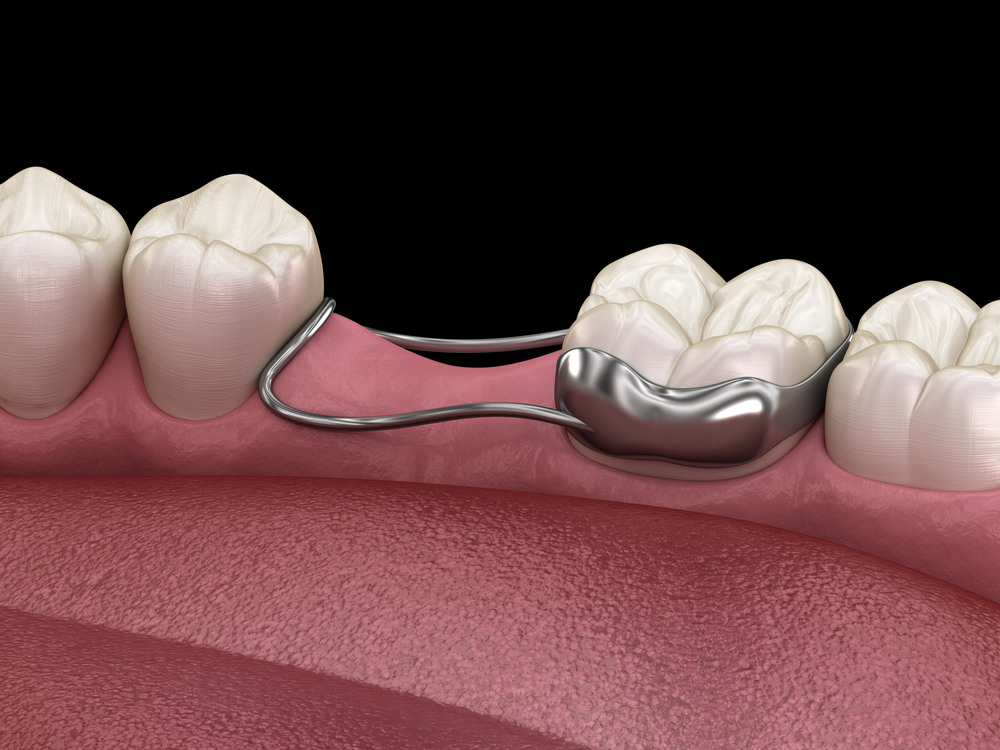
Space Maintainers
If a child loses a baby tooth early due to decay, trauma, or injury, a space maintainer may be needed to preserve the gap for the permanent tooth and prevent crowding, shifting, or misalignment issues. While not always necessary, these simple, comfortable appliances are designed to maintain space until the adult tooth emerges, ensuring proper alignment.
Space maintainers can be fixed or removable, with the type chosen by the dentist based on your child’s unique oral health needs. Once the permanent tooth starts to come in, the space maintainer is no longer needed and will be removed.
Stainless Steel Crowns
Stainless steel crowns are durable restorations that are typically used as a means of restoring primary molar teeth that have been compromised by decay, trauma, or that have had a pulpotomy procedure. These strong metal caps are permanently cemented in place, protecting what remains of the underlying tooth and preventing it from decaying further. Stainless steel crowns are sized and fitted to cover and seal off the affected tooth. As they have a smooth and polished surface, they are easy to clean and maintain. Until the baby tooth is lost, the stainless steel crown allows some level of tooth function and can successfully maintain the space for the coming permanent tooth.


Interceptive Orthodontics
Sedation Dentistry
Sedation dentistry offers individuals with general anxiety about going to the dentist or fears about a specific dental procedure the opportunity to have a stress free and more comfortable experience. Utilizing safe and controlled sedation techniques prior to the dental procedure the patient is eased into a state of complete relaxation. This eliminates any discomfort, pain, and preoperative anxiety that may be associated with a particular dental visit. With sedation dentistry patients typically feel more at ease post-operatively as they have little or no memory of the actual moment-to-moment dental procedure.
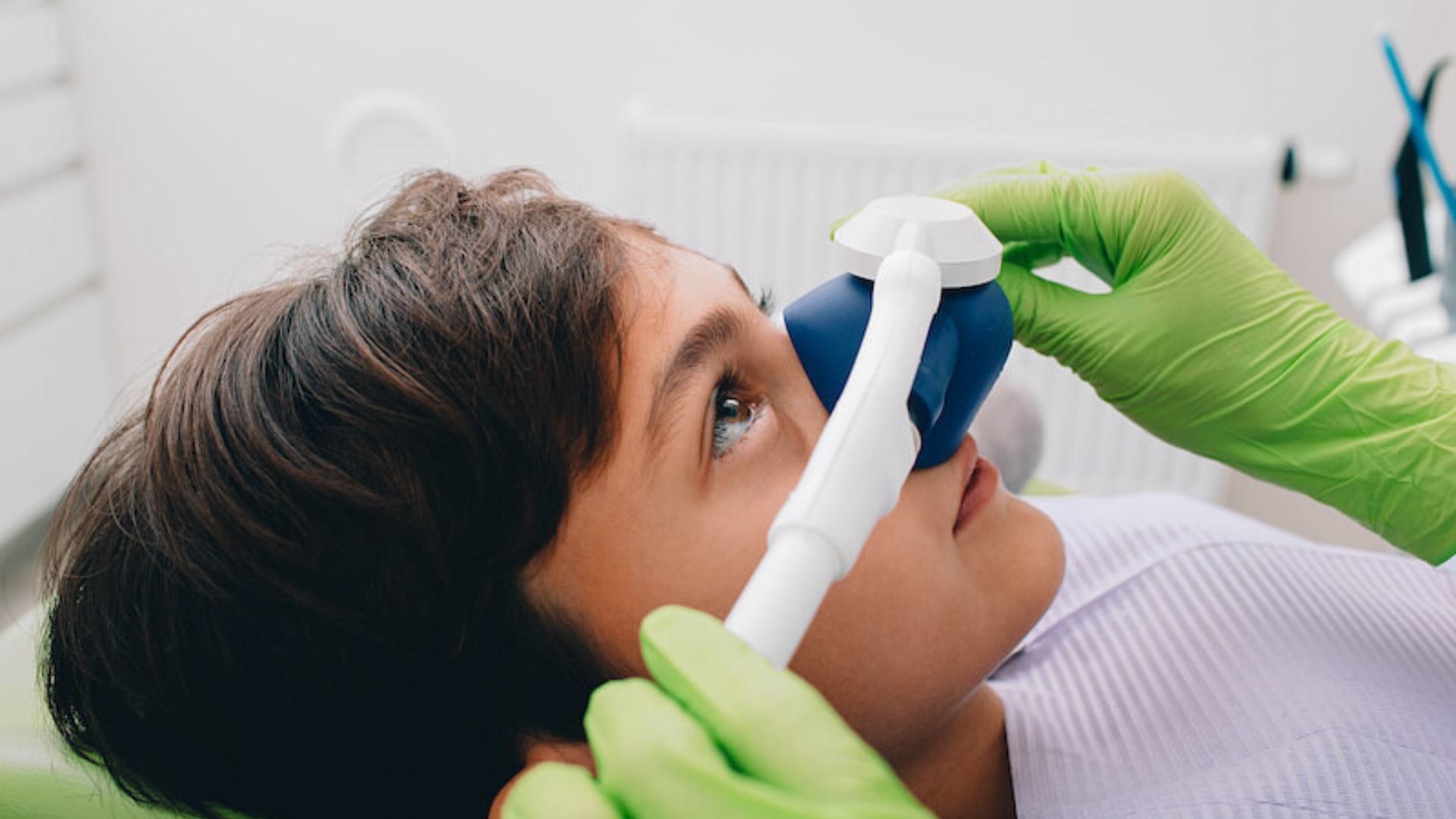

Sleep Dentistry
When children are scared, have strong gag reflexes, medical conditions, special needs, or are unable to sit for one reason or another, varying levels of dental sedation can carefully be administered to aid relaxation and allow dental care to be performed. Depending on the particular needs of each child, the pedodontist will suggest the best method of dental sedation. There are several options in dental sedation available for your child, including inhalation sedation such as nitrous oxide (laughing gas), oral sedatives, IV sedation, as well as general anesthesia performed in the appropriate setting for particular procedures or circumstances. Each of these options has special considerations, which will be explained in greater detail before your child’s dental procedure is scheduled.
Emergency Treatment
Dental emergencies in children can result from active lifestyles, including accidents at home, on the playground, or during sports. Common issues include soft tissue injuries, chipped, fractured, dislodged, or knocked-out teeth, as well as toothaches, infections, and mouth ulcers. Prompt care is essential to relieve discomfort and prevent complications.
Pediatric dentists are trained to handle these emergencies, providing skilled and compassionate care to restore oral health while ensuring children feel safe and comfortable.

